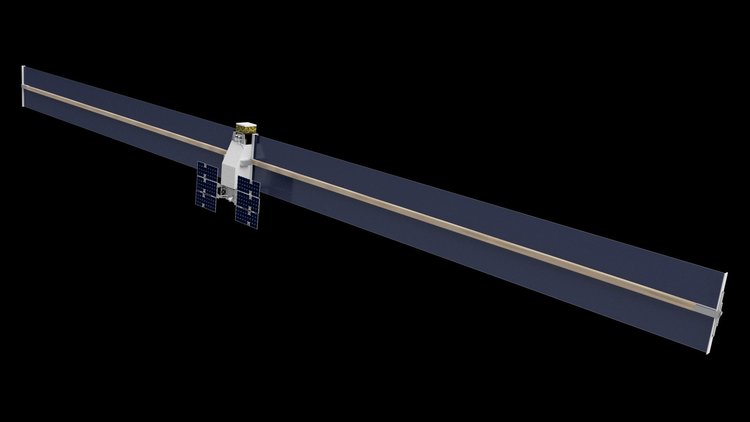NASA has recently awarded a $73.7 million contract to Made In Space, Inc. for the demonstration of Archinaut One, a small spacecraft produced using 3D Printing. The success of this demo would have key role for America’s Moon to Mars exploration approach.

Initially awarded in 2016 by NASA, Archinaut One is an in-space robotic manufacturing and assembly technologies.
“Autonomous, robotic manufacturing and assembly will reshape the landscape of space exploration and space infrastructure and we are taking a monumental step towards that future.” said Andrew Rush, MIS president and CEO. “Through our partnership with NASA, we will build a space-optimized asset on-orbit, for the first time, that will prove the efficacy of this technology, reduce the risk posture, and manifest new opportunities for in space manufacturing.”
A first successful ground-based testing campaign
Archinaut’s core additive manufacturing and robotic technologies have previously been tested on earth and have been qualified for spaceflight.
Made-In-Space objective behind this project is the construction of two ten meter solar arrays, on orbit, to power an ESPA-class satellite. Once on orbit, Archinaut One will employ its extended structure additive manufacturing capabilities and advanced robotics to manufacture and assemble the satellite’s power system. The Archinaut-created solar arrays will yield nearly 5x the power currently available to ESPA-class satellites.
“In-space robotic manufacturing and assembly are unquestionable game-changers and fundamental capabilities for future space exploration,” said Jim Reuter, associate administrator of NASA’s Space Technology Mission Directorate. “By taking the lead in the development of this transformative technology, the United States will maintain its leadership in space exploration as we push forward with astronauts to the Moon and then on to Mars.”
Notable advantages of these technologies include: an easy remote, in-space construction of communications antennae, large-scale space telescopes and other complex structures; small satellites to deploy large surface area power systems and reflectors that currently are reserved for larger satellites; the removal of spacecraft volume limits imposed by rockets; and the reduced inherent risk of spacewalks by performing some tasks currently completed by astronauts.
You can now post free of charge job opportunities in the AM Industry on 3D ADEPT Media.
For further information about 3D Printing, follow us on our social networks and subscribe to our newsletter : Facebook, Twitter, LinkedIn & Instagram !
https://pagead2.googlesyndication.com/pagead/js/adsbygoogle.js
(adsbygoogle = window.adsbygoogle || []).push({});





